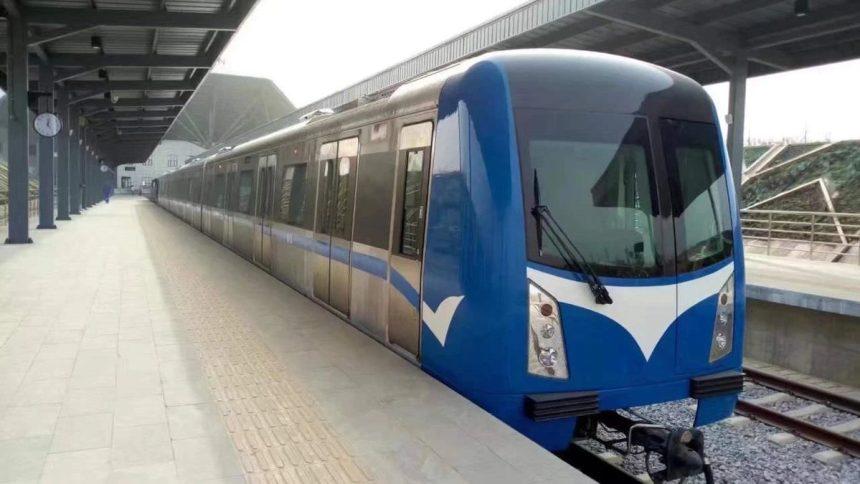The construction of the Abuja Rail Mass Transit (ARMT), inaugurated by President Bola Ahmed Tinubu for commercial operation on Tuesday, was initially awarded in 2007 and had a trial operation from September 2018 to March 2020.
Developed in six phases, the rail project was funded with loans from the China EXIM Bank. It was first commissioned by former President Muhammadu Buhari on July 12, 2018, with three stations opened in this first phase.
The COVID-19 pandemic and significant vandalism of key components disrupted the continuous trial operation. The project contract was awarded at a cost of $824 million, with 60 percent funded by loans from the Exim Bank of China.

When fully completed, the Rail Mass Transit will consist of six lots, covering a distance of approximately 285km.
READ ALSO: Wike Says Abuja Rail Mass Transit Project 95% Complete
- Lot 1, which has been completed, includes two lines and 12 stations connecting the Abuja city center with the Nnamdi Azikiwe International Airport. The stations are Abuja Metro, Stadium, Kukwaba 1, Kukwaba 2, Wupa, Idu, Bassanjiwa, and the airport.
- Lot 2 (not yet started) is planned to start from Gwagwa via Transportation Centre (Metro Station) to Nyanya/Karu.
- Lot 4 (also not started) is planned to start from Kuje to Karshi with the remaining legs of the transit-way line 2.
- The Blue Line (Lot 3) is expected to pass through Idu to Kubwa, with stations in Idu, Gwagwa, Dei-Dei, Kagini, and Gbazango.
- Lot 5 is expected to run from Kubwa via Bwari to Suleja, and Lot 6 from the airport via Kuje and Gwagwalada to Dobi.
The completed train system includes 12 diesel multiple units, each with a capacity to accommodate a minimum of 700 passengers. Each train is designed to run a minimum of 14 trips per day, transporting approximately 9,800 passengers daily.
READ ALSO: Minister Nyesom Wike’s Pledge to Fast-Track Abuja Rail Mass Transit Project Amidst Challenges
Lot 1A, from Idu Station to Gbazango, and Lot 3, from Metro Station to the airport, will operate two trains each simultaneously every day. This will bring the total daily passenger count to 39,200 commuters and 980,000 commuters over 25 operational days in a month.



